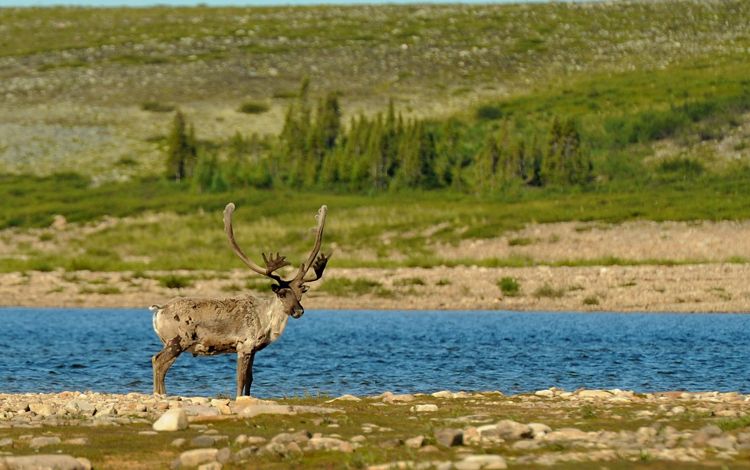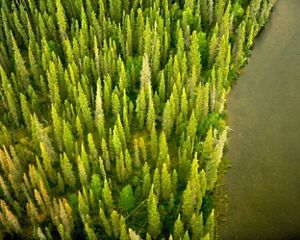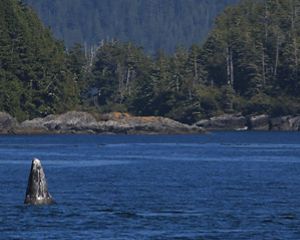Conserving Caribou
Indigenous communities are leading the way on caribou conservation.
All across Canada, caribou are disappearing. For the enigmatic woodland caribou of the boreal forest, the decline in numbers has been especially steep. Over the years, human development has encroached more and more deeply on caribou range, depleting winter habitat and exposing the herds to predators. Through their close connection to the lands and waters of their traditional territories, Indigenous Peoples have noticed changes to the animal populations their livelihoods rely on and have taken the lead in implementing changes to safeguard species at-risk, sometimes sacrificing their own traditional lifestyles and ability to share these traditions with the next generation.
Woodland Caribou Facts
%20peupleloup.jpg?crop=0%2C37%2C3008%2C1885&wid=750&hei=470&scl=4.010666666666666)
%20NPS%20Jay%20Elhard.jpg?crop=12%2C0%2C3331%2C2088&wid=750&hei=470&scl=4.4425531914893615)

Manitoba is home to the last of the best herds of woodland caribou in Canada.
To better understand the situation, the Boreal Leadership Council, of which Nature United is a partner, undertook an inventory and analysis of the various Indigenous research projects, monitoring programs, planning and management being conducted across the region. The resulting report concluded traditional knowledge is an essential element to successful caribou management.
By mapping large forest tracts that can be resilient to climate change, Nature United is working to conserve 10 herds in northwestern Manitoba, a region that contains the healthiest herds of forest-dwelling woodland caribou in Canada and some of the largest frontier forests remaining on Earth.
A Cultural Hallmark
For generations, Indigenous people have depended on caribou for both sustenance and cultural identity. Learning to hunt and dress a caribou was a traditional rite of passage for many Indigenous youth. In fact, they were among the first to detect the serious decline. But, as the herds began to dwindle, concerns have grown among Indigenous communities about the loss of a critical piece of their cultural identity and the traditions they could pass to the next generation. Some even feel that they are paying for the damage to the herds caused by others.
Nevertheless, it is the Indigenous communities who have very much led the movement to conserve the dwindling caribou herds. For example, in Manitoba, the Nisichawayasihk Cree Nation galvanized action from government and the utility company (Manitoba Hydro) to move forward on caribou conservation. In many Indigenous communities, it is the Elders who are the repositories for traditional knowledge, but there are also systems for storing and passing down the information. In some communities, such as the Fort McKay First Nation in Alberta, there are actually “Knowledge Keepers” who are designated to record and keep track of the information that comes through the community.
Moving Forward
Given recent overtures by federal and provincial governments to do more for caribou, there is a unique opportunity for indigenous communities to ‘take the wheel’ for caribou conservation in Canada’s north. Indigenous people can lead the meaningful collaboration needed by all parties to give caribou their best prospects for a positive future.
Participants in the review emphasized management strategies that consider all perspectives to have equal influence through a consensus process have the best chance at success. That includes the incorporation of traditional Indigenous knowledge in the development, implementation and management of caribou initiatives.
%20NPS%20Jay%20Elhard.jpg?crop=0%2C121%2C3356%2C1845&wid=1300&hei=715&scl=2.5815384615384613)


